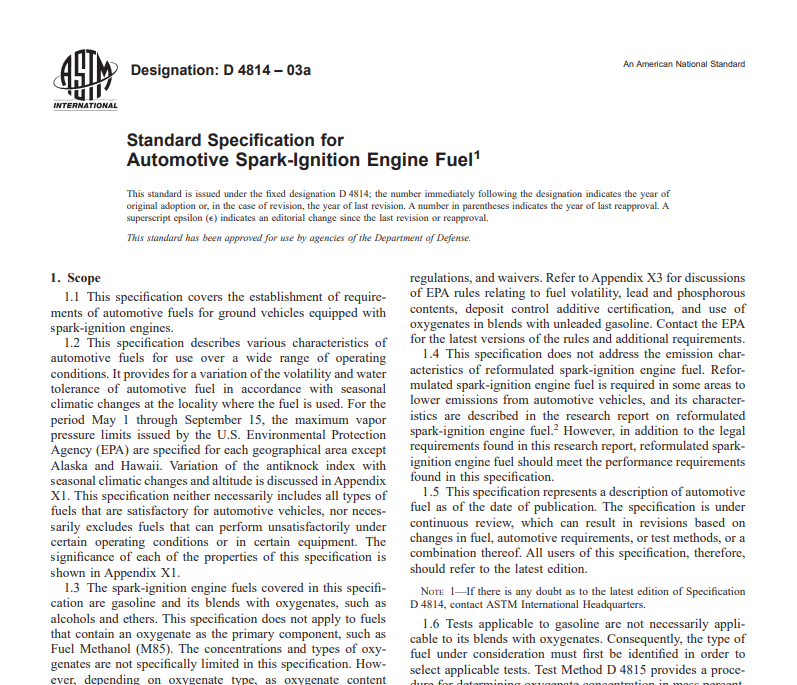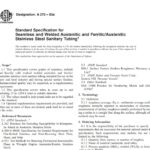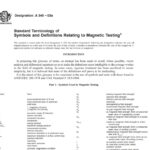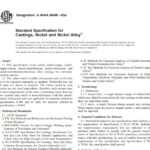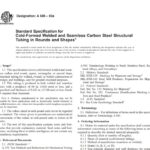Standard Specification for
Automotive Spark-Ignition Engine Fuel1
This standard is issued under the fixed designation D 4814; the number immediately following the designation indicates the year of
original adoption or, in the case of revision, the year of the last revision. A number in parentheses indicates the year of last reapproval. A
superscript epsilon (e) indicates an editorial change since the last revision or reapproval.
This standard has been approved for use by agencies of the Department of Defense.
1. Scope
1.1 This specification covers the establishment of requirements of automotive fuels for ground vehicles equipped with
spark-ignition engines.
1.2 This specification describes various characteristics of
automotive fuels for use over a wide range of operating
conditions. It provides for a variation of the volatility and water
tolerance of automotive fuel in accordance with seasonal
climatic changes at the locality where the fuel is used. For the
period May 1 through September 15, the maximum vapor
pressure limits issued by the U.S. Environmental Protection
Agency (EPA) are specified for each geographical area except
Alaska and Hawaii. Variation of the antiknock index with
seasonal climatic changes and altitude is discussed in Appendix
X1. This specification neither necessarily includes all types of
fuels that are satisfactory for automotive vehicles, nor necessarily excludes fuels that can perform unsatisfactorily under
certain operating conditions or in certain equipment. The
significance of each of the properties of this specification is
shown in Appendix X1.
1.3 The spark-ignition engine fuels covered in this specification are gasoline and blends with oxygenates, such as
alcohols and ethers. This specification does not apply to fuels
that contain an oxygenate as the primary component, such as
Fuel Methanol (M85). The concentrations and types of oxygenates are not specifically limited in this specification. However, depending on oxygenate type, as oxygenate content
increases above some threshold level, the likelihood of vehicle
problems also increases. The composition of both unleaded and
leaded fuel is limited by economic, legal, and technical
considerations, but their properties, including volatility, are
defined by this specification. In addition, the composition of
unleaded fuel is subject to the rules, regulations, and Clean Air
Act waivers of the U.S. Environmental Protection Agency
(EPA). With regard to fuel properties, including volatility, this
specification can be more or less restrictive than the EPA rules,

Click below to download Astm D 4814 – 03a pdf free
Click here to download Astm D 4812 – 99 Pdf Free Download
